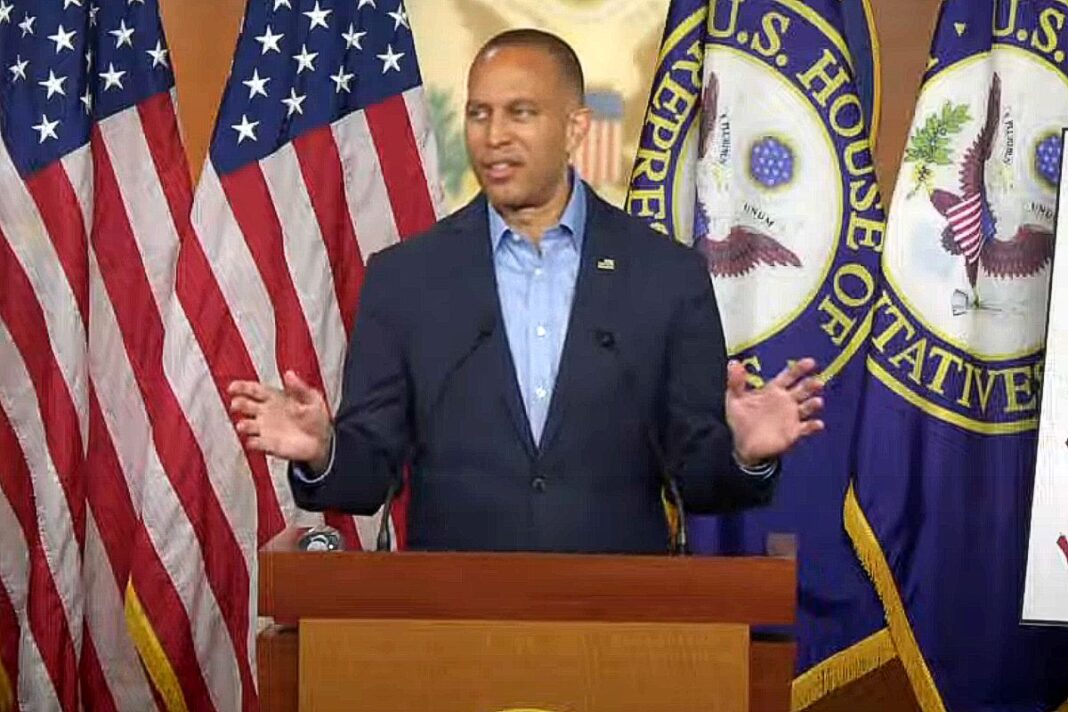China could leverage its dominance in rare earth elements and its strength in pharmaceuticals.
Commentary
Beijing appears to have prepared two trump cards for the upcoming rounds in its trade war with Washington. One is China’s command of much of the world’s supply of refined rare earth elements. The other is its powerful position in global pharmaceutical supplies.
Though neither is as secure as Beijing would like, for the time being, these are the best that China has. A better answer would be a less export-dependent economy, but Beijing so far seems unable to arrange that.
China’s greatest leverage lies with rare earth elements and permanent magnet materials. These inputs are crucial to the production of smartphones, electric vehicles, and robots, among other high-technology products. China currently controls some 70 percent of the global mining of rare earths and 90 percent of the global smelting and processing.
Beijing has already threatened to cut off these supplies—no doubt a major factor in winning concessions from Washington—in particular, a delay in the imposition of threatened tariffs and leeway in getting access to American-made advanced semiconductors.
Though down from last year, these rare earth elements have accordingly continued to flow onto global markets. In the first half of this year, Chinese exports of smelted and separated rare earth elements equaled 32,000 tons, down 11.3 percent from the same period in 2024, hardly the threatened cutoff. Exports of permanent magnet materials reached 22,000 tons, down 19 percent from last year.
To prepare for future negotiations, Beijing has tightened its hold on all existing and new rare earth mining, processing, and exporting. The rules extend to the processing of imported raw materials in China, which is then re-exported, typically to the mining country. According to the chief analyst for Guojin Securities, Li Chao, this new system improves on the quotas on which Beijing had relied and allows much greater “control over the entire rare earth supply chain.”
On the surface, China looks equally well-positioned in pharmaceuticals. Chinese producers in the first half of 2025 signed fully one-third of all agreements with global drug companies, including such big names as Pfizer, AstraZeneca, and Rogenron. That constitutes fully 144 deals worth the equivalent of $60 billion.







